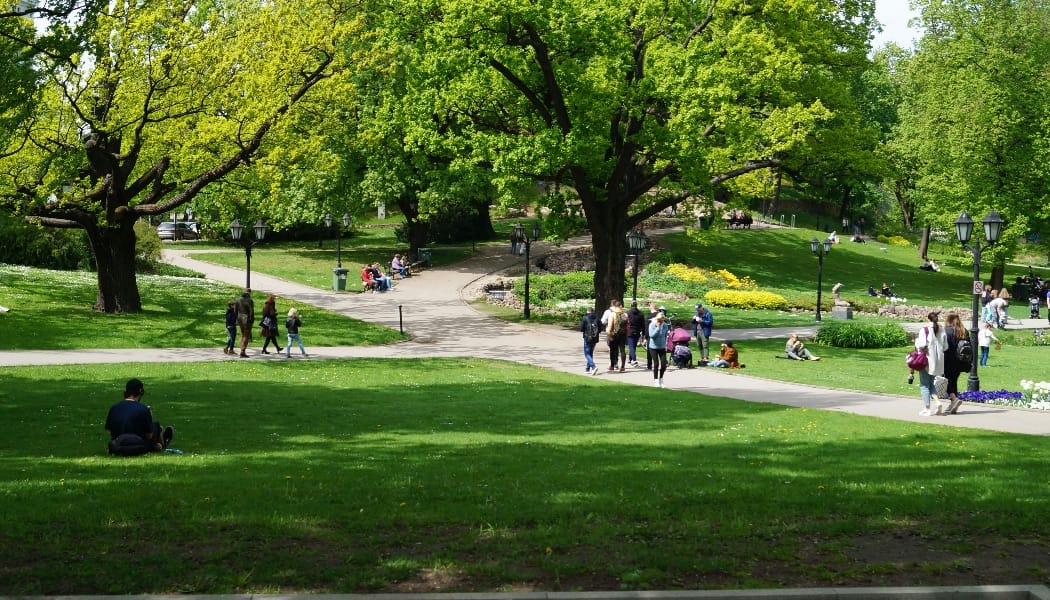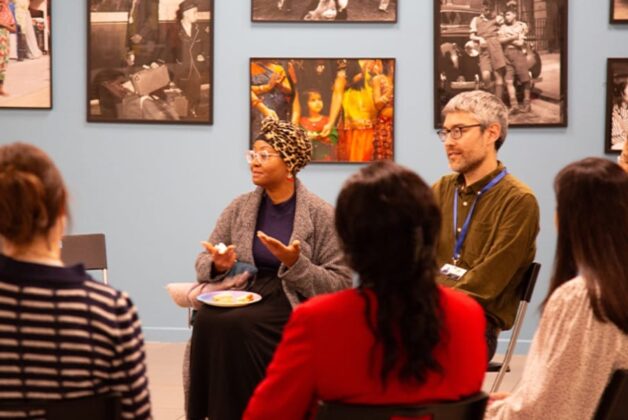National Trust reports boom in new Gen Z members with over 40,000 joining as research shows younger people visit heritage sites more than older generations.
The National Trust has seen a boom in young new members, as its annual report shows a 39% increase in new members aged 18 – 25-year-old.
From March 2024 to February 2025 over 40,000 new Gen Z members joined the National Trust. The charity said the boost suggests that young people “are prepared to spend their money and time on immersion in nature, history and beautiful surroundings.”
The charity said its young membership cohort has continued to grow, increasing another 16% from the start of March to the end of July 2025.
Hilary McGrady, director-general of the National Trust said: “This generation cares deeply about nature and their heritage, and their support give us real hope for the future.
“We want the National Trust to be here for future generations. We’re working hard to meet the needs of younger and newer audiences – whether it’s a place to recharge, connect with nature, explore heritage, or take action on the climate and biodiversity crises.”
Recent research has demonstrated that young people’s interest in history and heritage is as strong, if not stronger, than older adults. A research report by the National Trust and Public First, released in May, suggested, younger people (aged 18-44) were more likely to visit heritage sites, landscape, and culture than older generations.
Research carried out by Historic Houses around the same suggests 99% of Gen Z are interested in visiting historic sites, despite 58% citing high entry fees as their reason for not visiting.
The Trust’s Annual Report for 2024/25 says visitors to pay-for-entry places in the National Trust’s care grew by 2% year-on-year compared with the previous financial year. Membership held “relatively stable”, falling to 5.35m from 5.38m in 2023/24. Paying visitor figures increased by 5%. The charity explained “cost pressures meant that visitors were more likely to ‘pay on the day’”.





